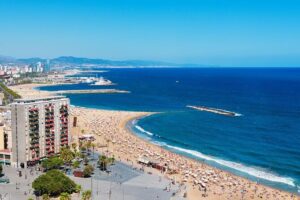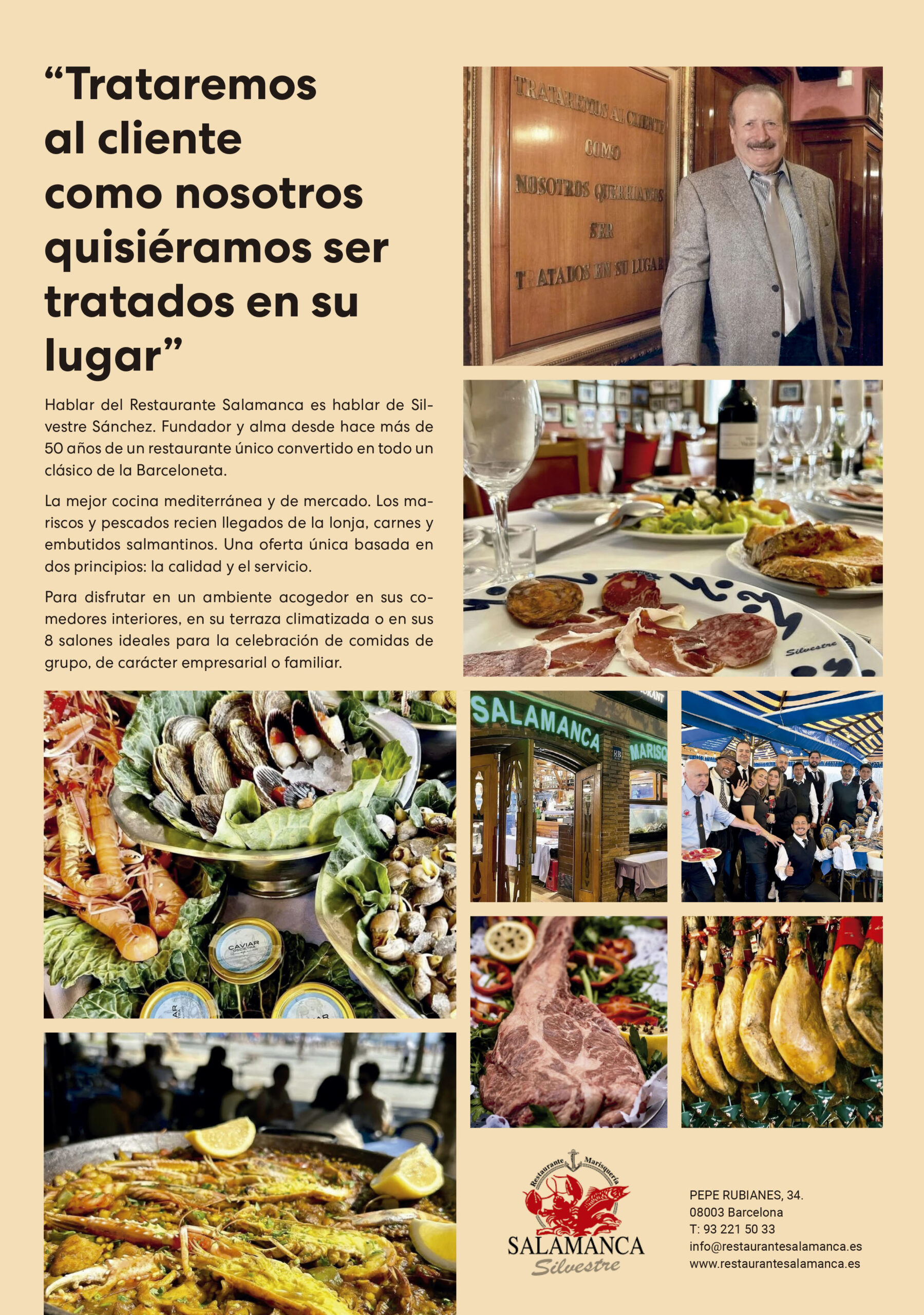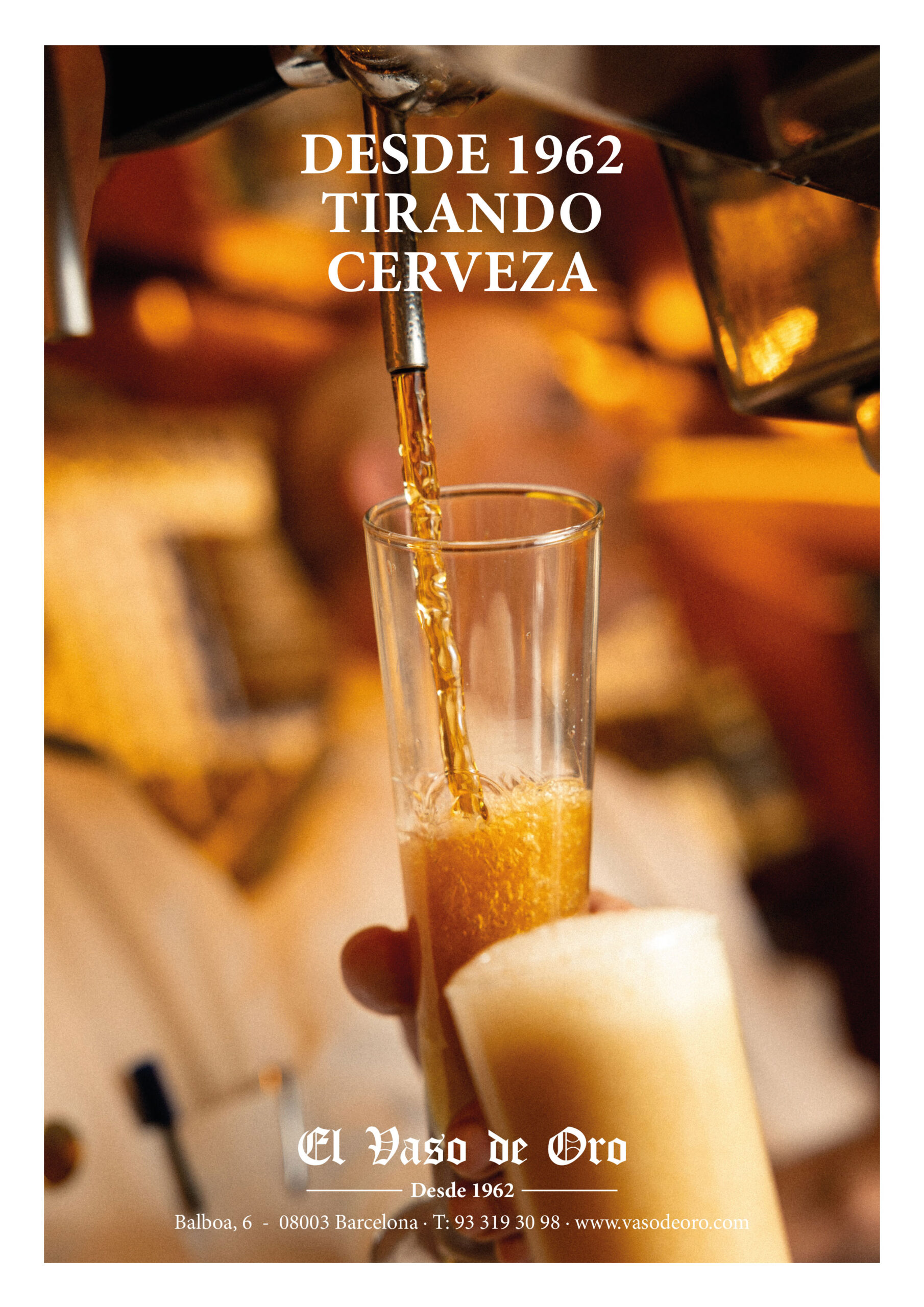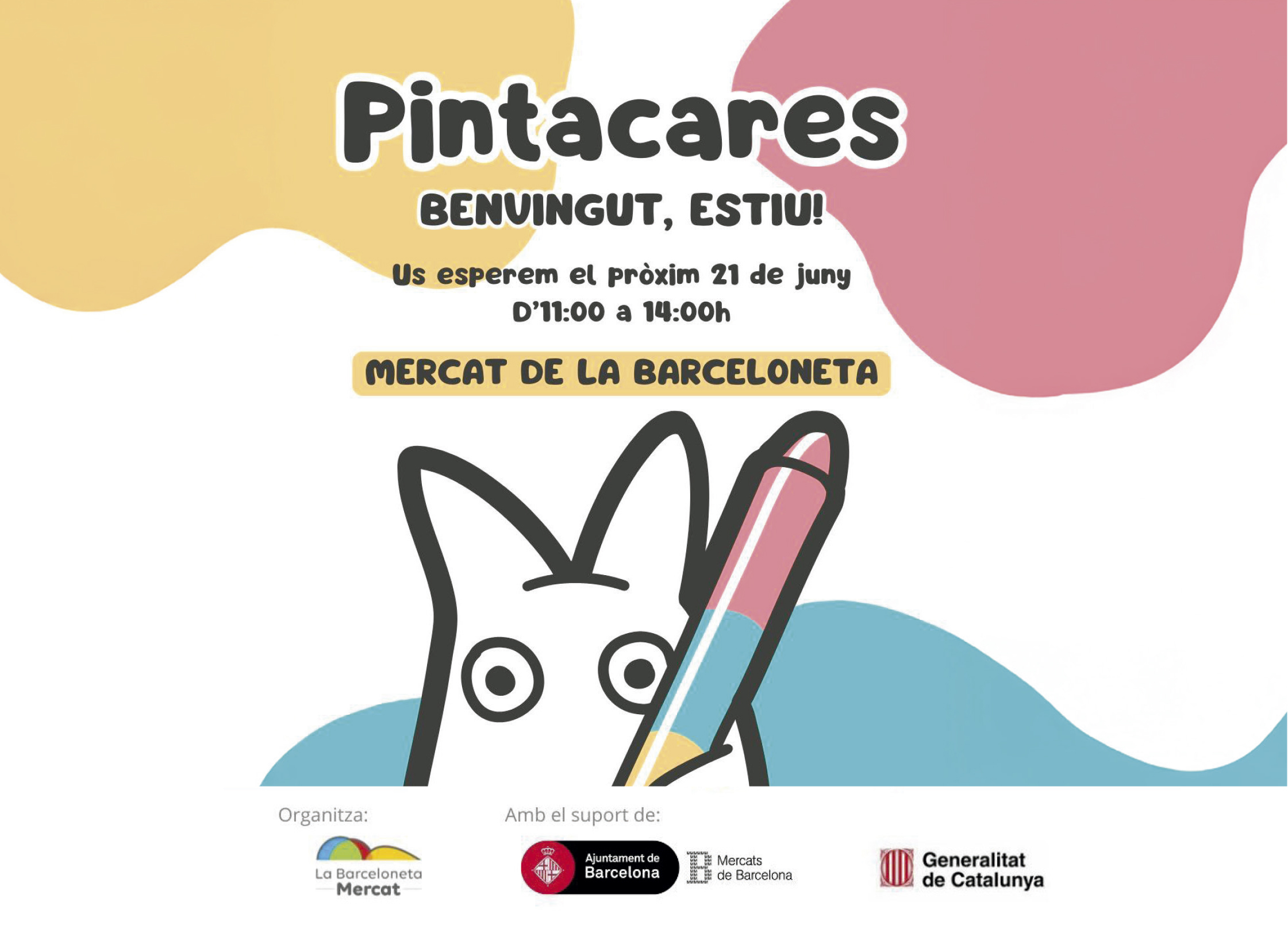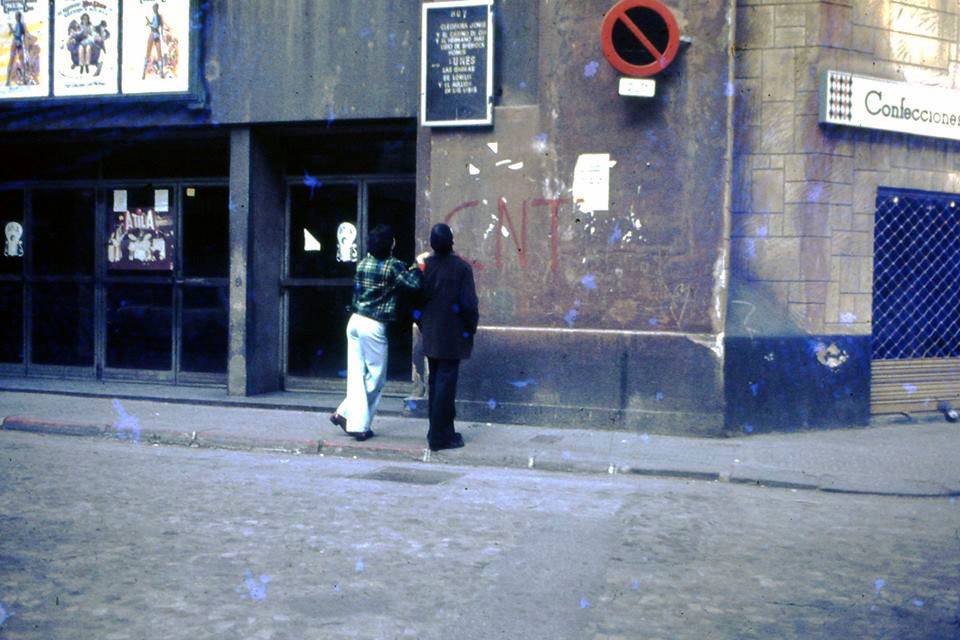Marina Cinema
Not only cinema
The Marina cinema opened to the public in 1916 at 5 Ginebra Street, on the corner of Carbonell. Its construction was a major event for the neighbourhood.
The scene of political events
From the arrival of the Republic onwards, trade unionism became a notable trend in the city. The Marina became more of a stage for political rallies and demonstrations than a proper cinema.
On Tuesday 25 August 1936, after being collectivised by the CNT, the Cine de la Marina appeared again on the billboards, with the screening of La novia secreta, Ídolos de Buenos Aires, Novatos del cielo and Frégoli, detective.
After the end of the war, after a major rehabilitation, it reopened its doors to the public on Thursday 26 June 1941 with the screening of San Francisco and La vida se un tango.
Slowly but surely, the cinema took on a new relevance in the neighbourhood. Cinema films were shown, and a variety of sessions were held: concerts, charity festivals, product presentations and performances by great national artists.
In 1947, on the occasion of the Barceloneta town festival, a benefit concert was held by the Barcelona Municipal Orchestra, conducted by Eduardo Toldrá. In the same year, the actress and singer Imperio Argentina, who had achieved great success with the film Bambú, performed.
Re-release cinema
In the 1950s, under the direction of José María Bellera, the Marina became a re-release cinema with double program and continuous screenings. It had a seating capacity of 1,424, between general (upstairs) and preferential. The price of general admission was practically half that of preferential, but this space was full of showy children who forced the usher to act more like a kind of security guard. The move for many was to pay general admission and then sneak into the preferente.
The Marina continued to host political events. Those of support for the regime organised by the civil governor Felipe Acedo Colunga, famous for his affair with the vedet Carmen De Lirio, were common.
In 1957, in Marina, the brilliant Lola Flores performed with her entire company.
At the first elections after the dictatorship, on 1 June 1977, the Marina cinema hosted the rally of the Democratic Pact for Catalonia, a coalition formed by Convergència Democrática de Catalunya (CDC), Partido Socialista de Catalunya-Reagrupament (PSC-R), Esquerra Democrática de Catalunya (EDC), Frente Nacional de Catalunya (FNC) and independents, with Jordi Pujol, J. Verd, A. Perera, J. Cornudella and A. Pons.
The change of customs and the lack of spectators led to the closure of the cinema on Sunday 17 June 1979, with the screening of: Miedo quien doblan las campanas and Teléfono. The premises, which temporarily served as a toy warehouse, was closed for a long time, which led to the neighbourhood associations reclaiming the building. In 1993 the building was demolished to build the current Beltran y Oriola old people’s home
Cinema at the of La Salle Barceloneta theatre
Scene of the school functions from the end of the fifties and operative until nowadays. But the La Salle theatre had a ‘golden age’ when films were also shown on Sunday afternoons. The theatre acted as a revival cinema with a double program.
Attendance was not exclusively for school pupils, although it used to be mainly young people who attended.
The siblings, teachers and some parents helped at the screenings, even acting as improvised ushers. It was already an annual tradition to screen El Señor de La Salle, a Spanish film directed by Luis César Amadori in 1964, with Mel Ferrer and Fernando Rey, with compulsory attendance – never better said – for all the pupils.
La Salle’s stage used to host all kinds of theatrical events and performances, both by its students and neighbourhood groups, such as traditional festivals like Santa Cecília day, the Christmas play or others like the annual festival of the Barceloneta Swimming Club.
The hall has been maintained and remodelled to the present day. Although it no longer shows films, it does host presentations and all kinds of school events.
Barcino Cinema
17 years of films
This cinema was built by José Rodríguez Lloveras in 1963, commissioned by José Antonio Padró Jové. The inauguration and first screening were in March 1964.
In its short life, the Barcino became a point of reference for the locals, especially for the younger ones, some of whom used to take advantage of the intermission between films to imitate the battles of Ivanhoe, gunmen or Bruce Lee that had just been shown.
It should also be remembered that families were allowed to bring their lunch boxes and sandwiches to the afternoon screenings, on condition that the drinks were bought at the cinema. Curious noises of thermoses rolling along the ground or smells of food from the lunch boxes were common.
Access to the projection hall was via Carrer de la Maquinista and was reached through a long vestibule, which was followed by a long hall until it reached the stalls, divided into three groups of seats.
The hall had a capacity of 1,062 seats (731 for the stalls and 331 for the club) and had an exit to the outside via Carrer Giner and Carrer Partagàs.
The company Cinematografía Barcino S.A. was in charge of its operation.
Already very deteriorated, it was closed in 1981. A car park was the subsequent use of the premises, which today is occupied by a block of flats and a large supermarket.

